Most travelers follow the typical itinerary when exploring a new area—starting at point A and ending at point B. But sometimes, flipping the script creates an entirely different and often superior experience.
The standard route isn’t always the best option, and reversing your journey can transform an ordinary day trip into something extraordinary Here is a list of 20 day trips that work better when done in reverse order, along with explanations of why the backward approach enhances the experience.
Malibu to Santa Monica, California
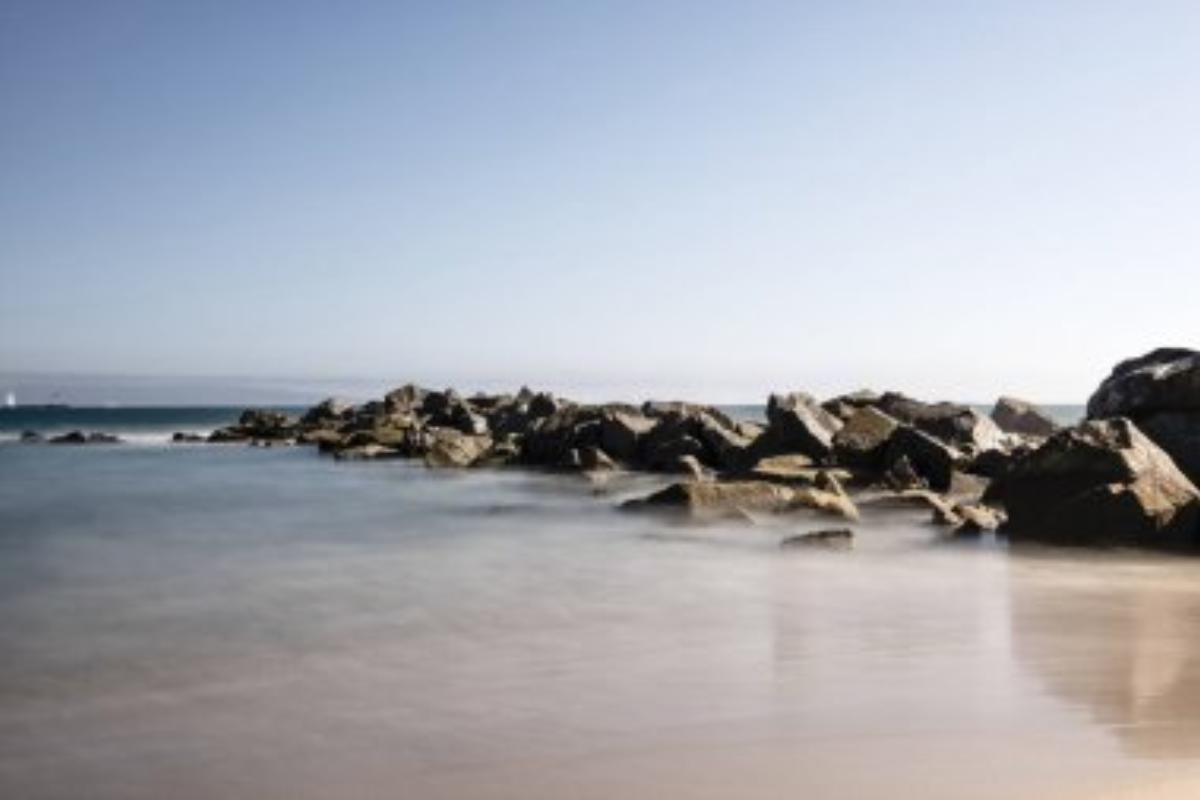
Starting in Malibu and driving south to Santa Monica puts the sun directly in your face during the afternoon. By reversing the route, you’ll have perfect lighting for coastal photography, and the golden hour sunset views over the Pacific become the grand finale rather than an early highlight.
The traffic also tends to flow more smoothly heading northbound in the afternoon, giving you extra time to enjoy the beachside restaurants in Malibu.
Grand Canyon South Rim to Desert View, Arizona
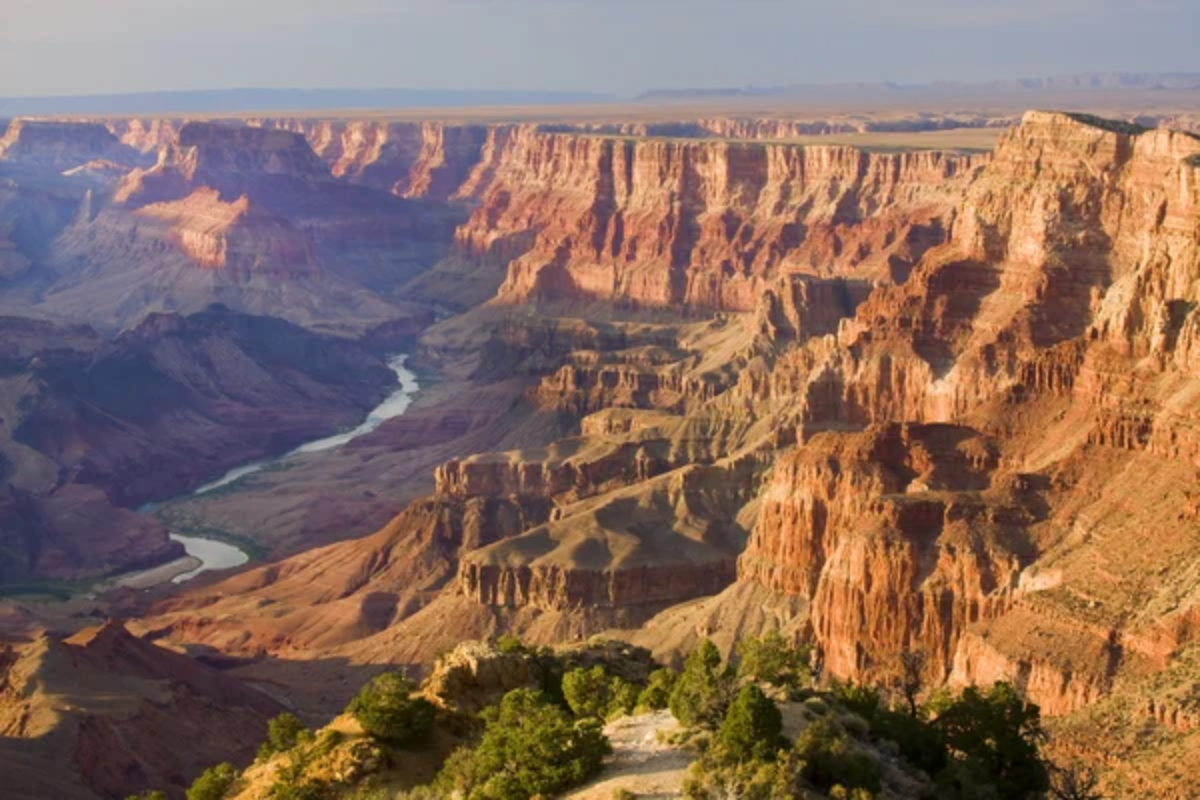
Most visitors begin at Desert View and end at the South Rim Visitor Center. Going in reverse means you’ll encounter progressively more impressive viewpoints as you travel, building up to the spectacular Desert View Watchtower.
The eastern sections also tend to be less crowded in the afternoon, allowing for a more peaceful experience at the most photogenic spots when the lighting conditions are ideal.
Like Travel Pug’s content? Follow us on MSN.
Acadia Loop Road, Maine
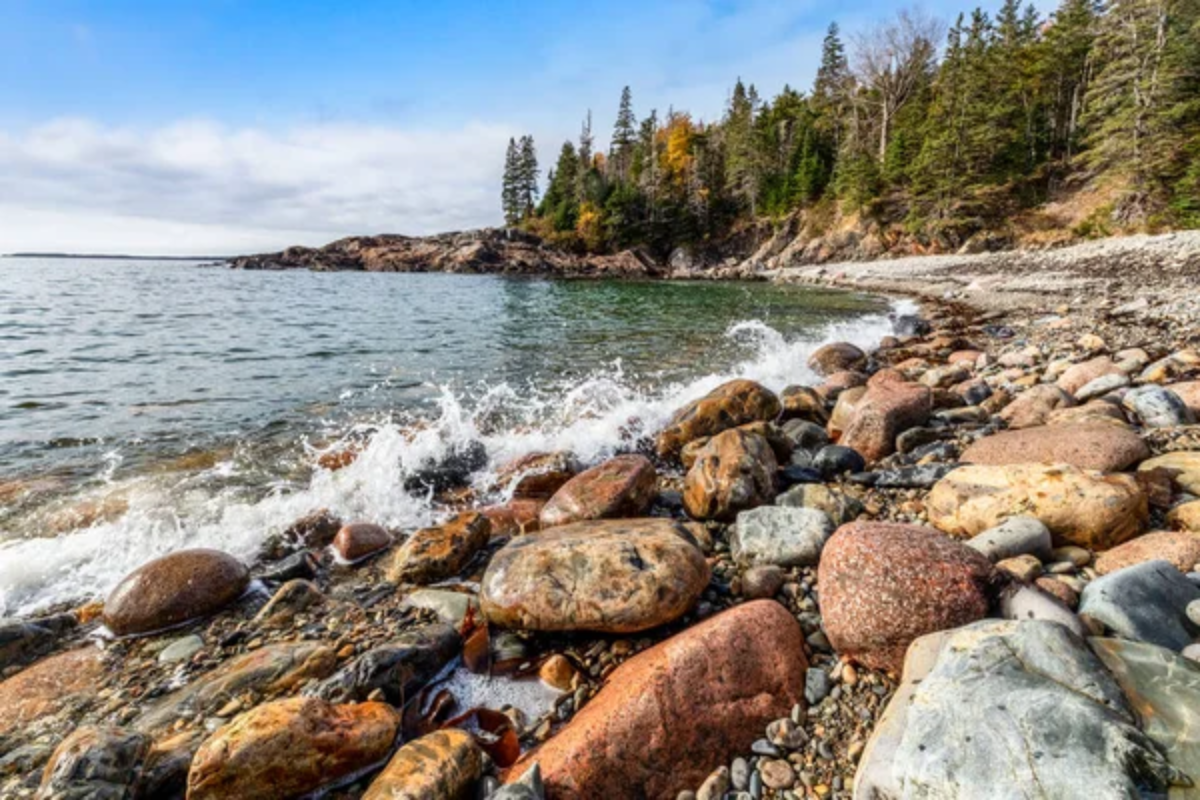
Traditional routes start at the Hull’s Cove Visitor Center, but reversing the loop means hitting Jordan Pond and Cadillac Mountain during less busy hours. The late afternoon light on Cadillac Mountain is magical, and you’ll avoid the early morning crush of sunrise seekers.
Once you’ve absorbed the context of the interior landscape, your final views will include some of the most dramatic coastline in the park.
Napa to Sonoma, California
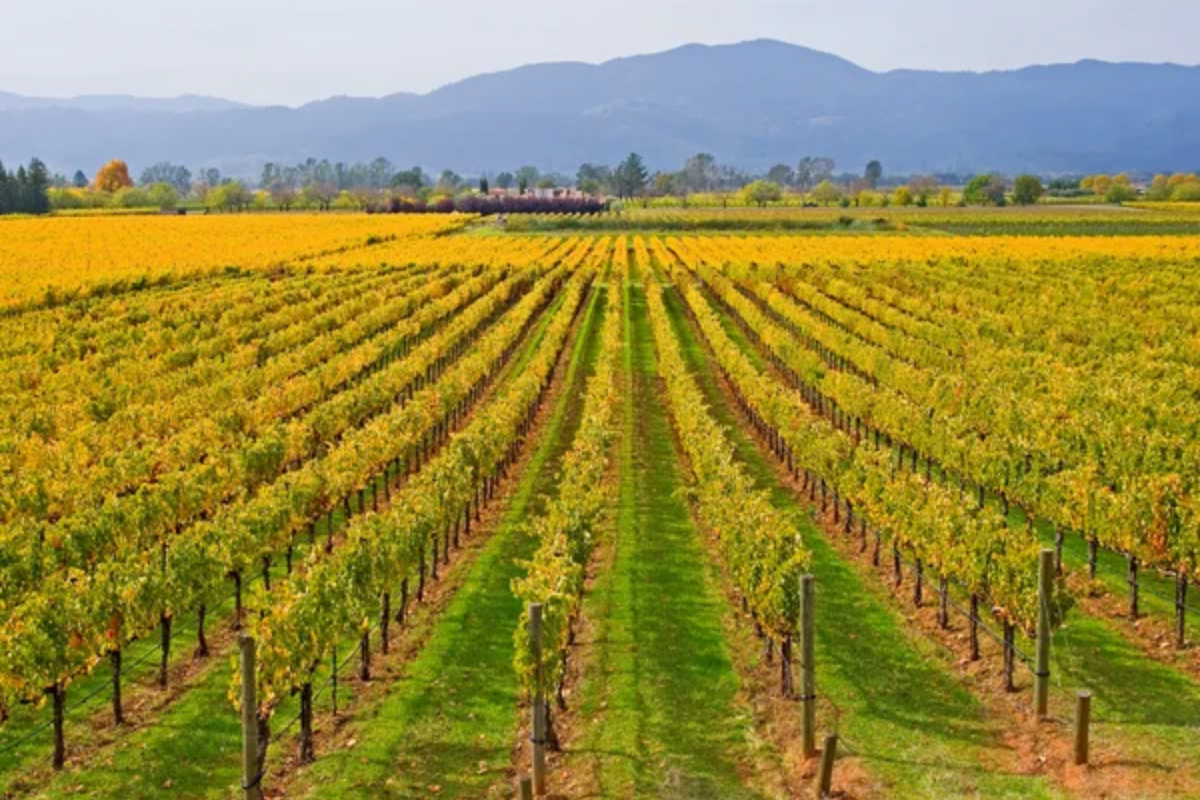
Wine country explorations traditionally begin in Napa and move to the more laid-back Sonoma. Doing this in reverse allows you to start with approachable, casual tastings and gradually work toward the more formal, structured experiences.
Your palate will be fresher for the subtle Sonoma wines, and you’ll appreciate the grandeur of Napa’s estates more after understanding the region’s humble beginnings.
Columbia River Gorge, Oregon
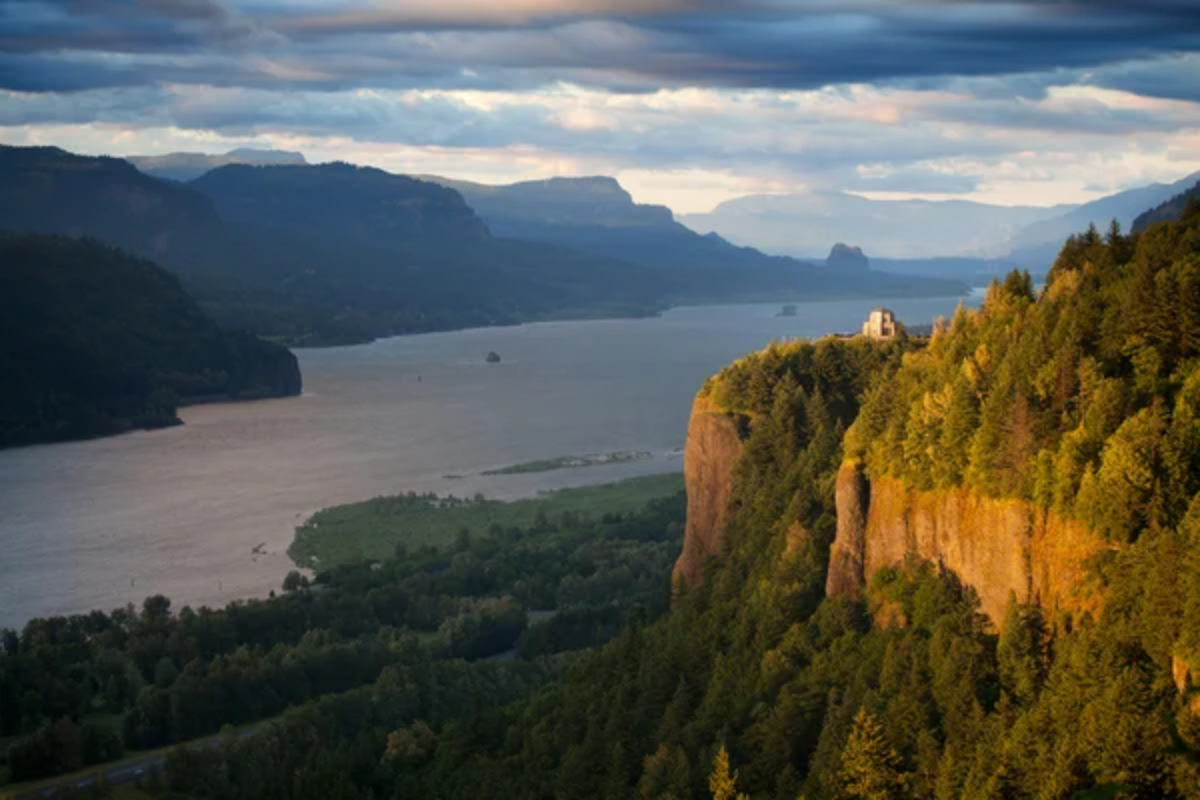
The standard route takes visitors from Portland eastward along the gorge. Reversing this trip means facing the spectacular western views as you drive, with Mount Hood framed perfectly in your windshield rather than your rearview mirror.
The afternoon light illuminates the many waterfalls more effectively, and you’ll hit the popular Multnomah Falls later in the day when the morning tour buses have departed.
Like Travel Pug’s content? Follow us on MSN.
Blue Ridge Parkway, North Carolina to Virginia
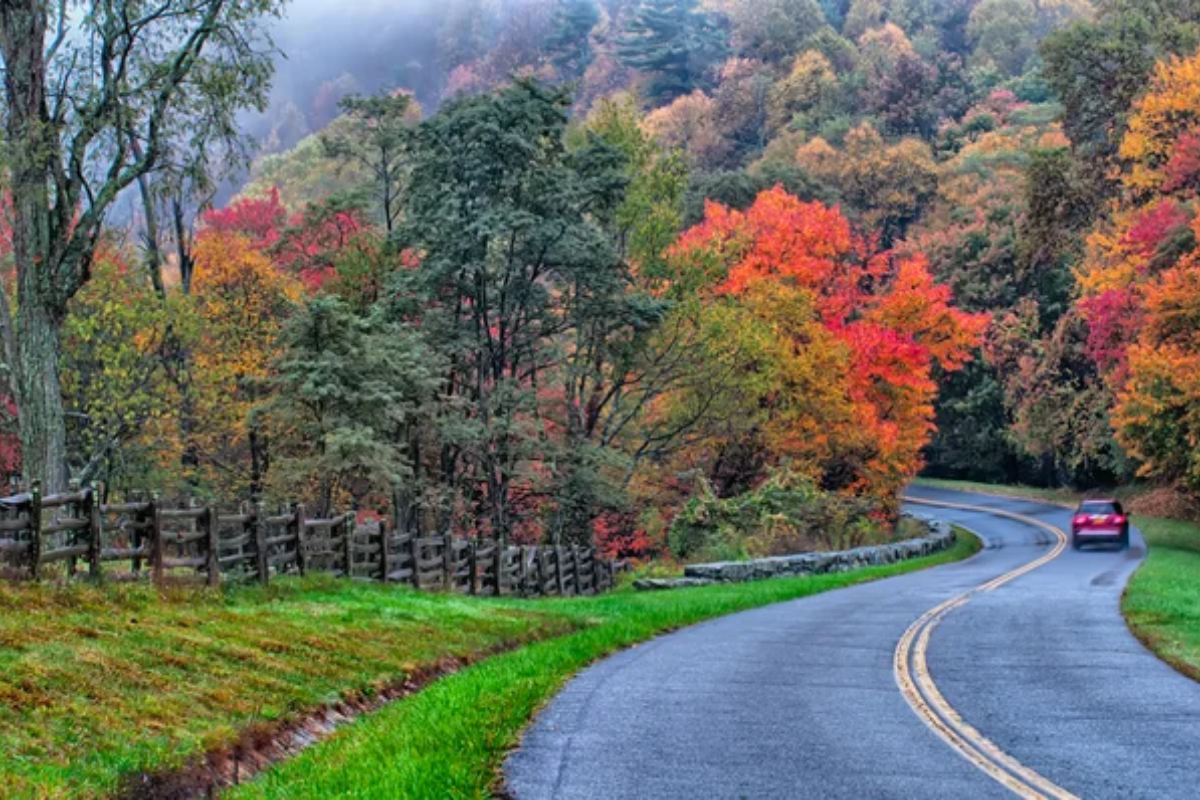
Most travelers drive north to south, starting in Virginia. Going south to north means the views become progressively more dramatic as you approach the higher elevations in Virginia. The light tends to be better on the north-facing slopes in the afternoon, and you’ll hit the most scenic overlooks after developing a better appreciation for the mountain landscape.
Florida Keys, Key West to Miami

The traditional drive from Miami to Key West puts you on the Gulf side during the afternoon when visibility is often reduced by haze. Driving from Key West toward Miami places the Atlantic Ocean on your right during the morning when the water colors are most vibrant.
The gradually increasing development also tells a more coherent story about how these islands have evolved.
Highway 1, Big Sur to Monterey, California

The classic route travels north to south, but reversing it means the dramatic cliffs will be on your right-hand side, making pullouts more accessible. The afternoon light on the water creates better photographic conditions, and you’ll end in Big Sur when most day-trippers have already headed back north, giving you more peaceful experiences at the iconic spots such as McWay Falls and Bixby Bridge.
Like Travel Pug’s content? Follow us on MSN.
The Freedom Trail, Boston, Massachusetts
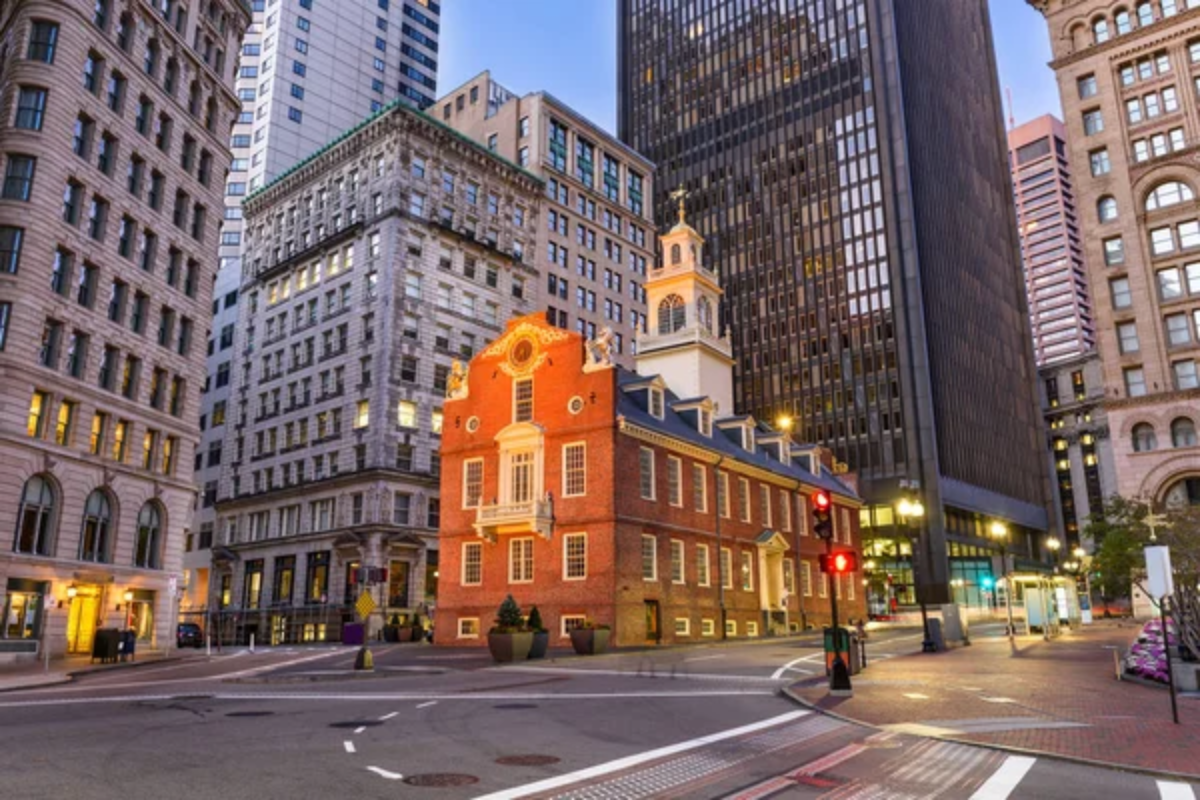
Traditionally, walkers walked from Boston Common to Bunker Hill, reversing this historical path creates a more chronological journey through Revolutionary history. Starting at Bunker Hill and ending at the State House tells the story of Boston’s role in American independence in proper sequence.
The uphill climb is much gentler when done in reverse, saving your energy for exploring the historical sites.
Yellowstone Lower Loop, Wyoming
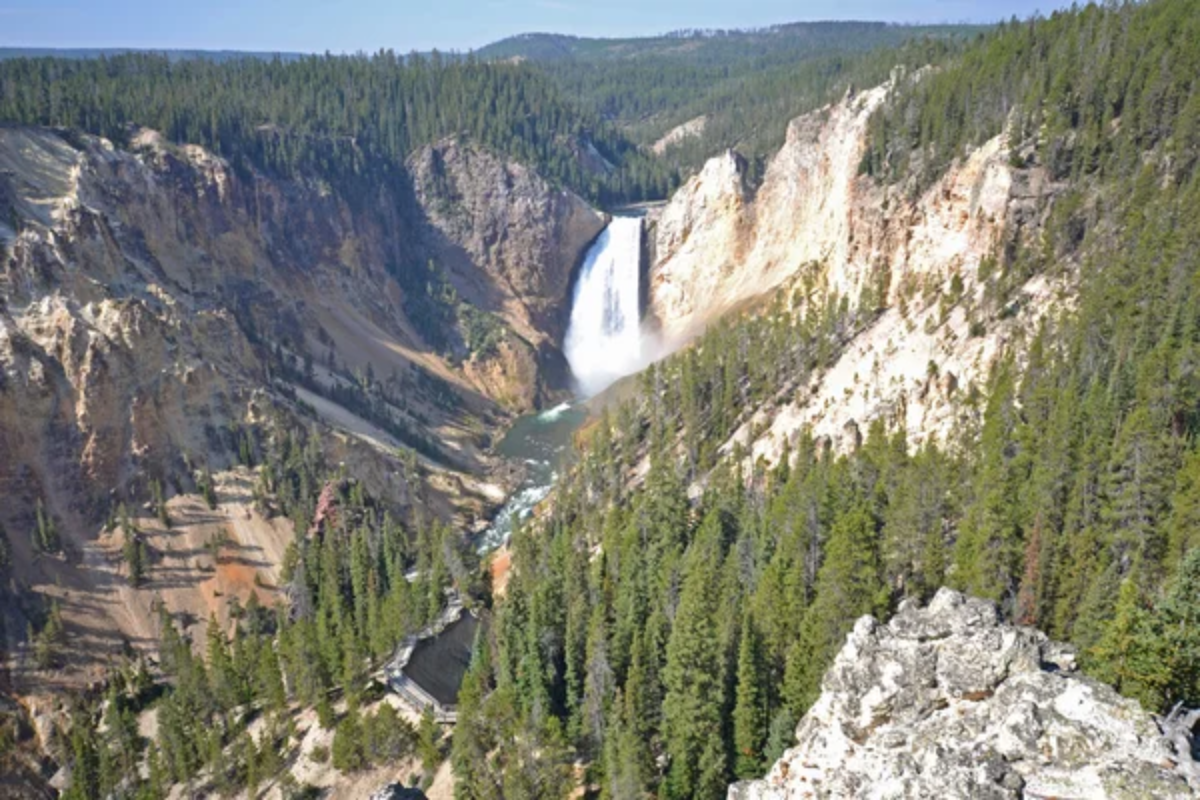
Most visitors drive this loop clockwise, but going counterclockwise means you’ll hit Old Faithful in the late afternoon when crowds have thinned out. The lighting on Grand Prismatic Spring is also better in the morning, and you’ll experience progressively more dramatic geothermal features as your day unfolds.
Wildlife viewing along the Madison River is often superior in the early morning hours of your journey.
Door County Coastal Byway, Wisconsin
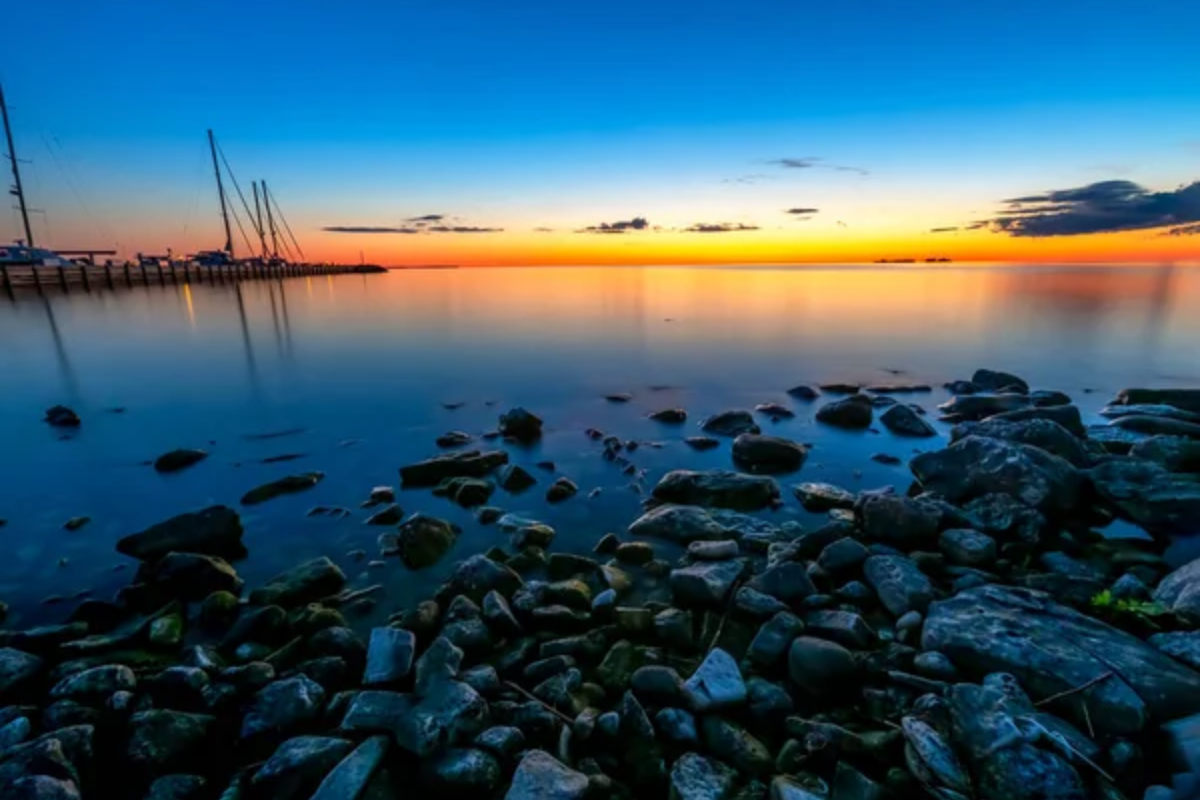
The traditional route goes clockwise around the peninsula, but reversing it means you’ll hit the charming villages of Fish Creek and Ephraim later in the day when shops and restaurants are livelier. The western shoreline views of Green Bay are more impressive in morning light, and you’ll experience the progression from rural landscape to more developed areas in a way that tells a more coherent story of the region.
Like Travel Pug’s content? Follow us on MSN.
Hana Highway, Maui, Hawaii
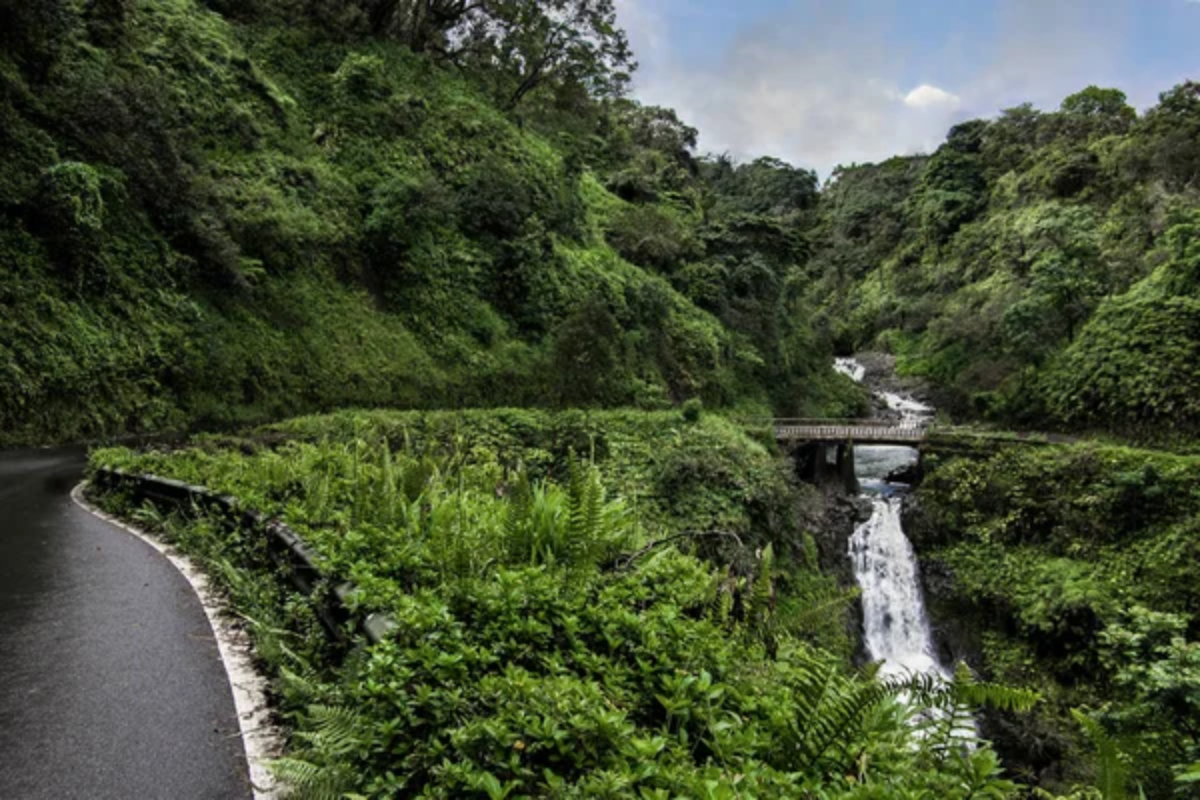
The standard route takes you from Kahului to Hana, but driving from Hana back to Kahului means you’ll face less traffic and have more access to pullouts on the ocean side of the road. The popular pools and waterfalls will be less crowded by the time you arrive in the afternoon, and you can start your day with the peaceful Pipiwai Trail before the masses arrive from the west.
North Shore, Oahu, Hawaii

Traditionally explored from Haleiwa eastward, reversing this route lets you hit the famous surf breaks later in the day when conditions are often better for watching surfers. The morning light on the eastern beaches is spectacular, and you’ll arrive at Haleiwa’s popular food trucks when you’re hungry for a late lunch rather than just starting your day.
Great Smoky Mountains, Gatlinburg to Cherokee
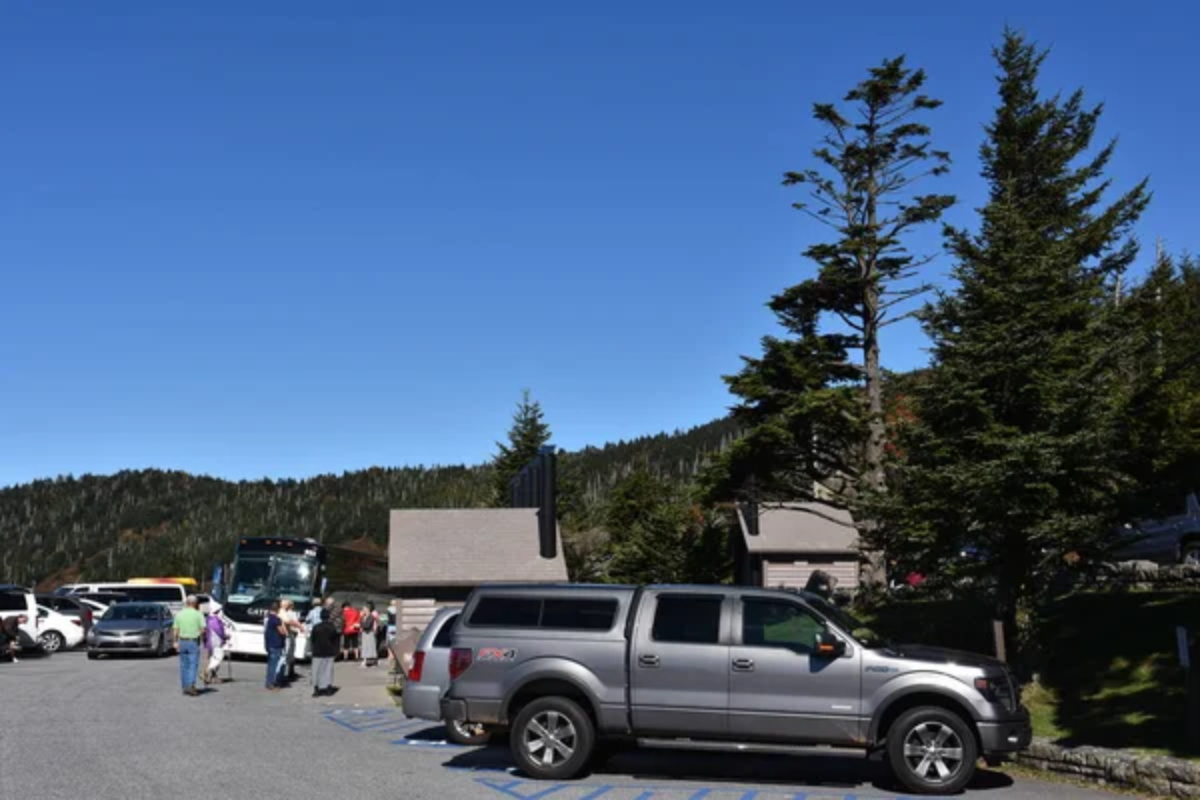
Most visitors drive from Tennessee to North Carolina, but going in reverse means progressively more dramatic mountain views as you approach Newfound Gap and Clingmans Dome. The afternoon light in the Tennessee valley creates a magical, hazy effect that gives the mountains their name.
The less developed Cherokee entrance also provides a gentler introduction to the park’s natural beauty.
Like Travel Pug’s content? Follow us on MSN.
Shenandoah Skyline Drive, Virginia
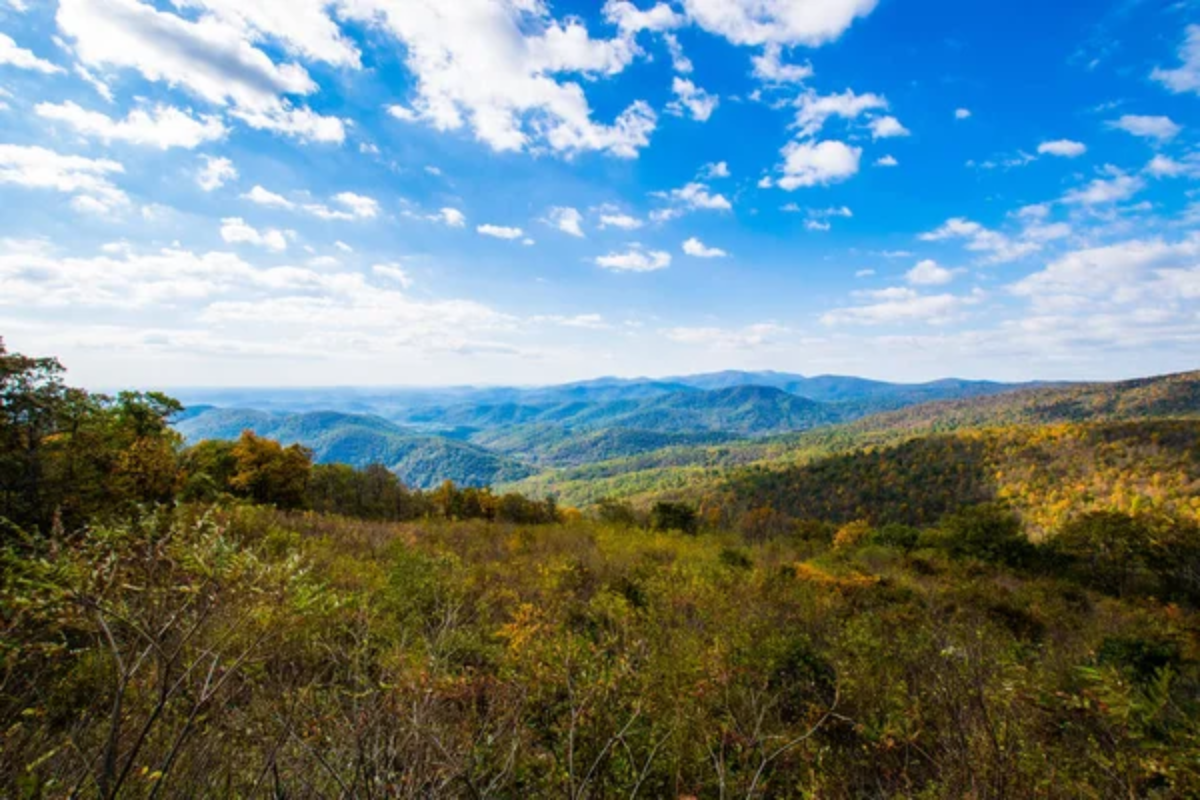
The traditional route runs north to south, but driving south to north will experience progressively higher elevations and more spectacular views. The morning fog in the valleys is best observed from the southern section, and you’ll hit the most popular overlooks later in the day when the crowds have thinned.
The drive culminates at Front Royal with some of the most expansive vistas in the park.
Sonoma Coast, California

Most travelers drive north from Bodega Bay, but reversing this coastal journey means the sun will be at your back rather than in your eyes during afternoon hours. The dramatic rock formations catch better shadows later in the day, and you’ll hit the more populated areas around Bodega Bay when restaurants are open for dinner.
The typically foggy mornings also clear progressively as you move south.
Historic Charleston, South Carolina
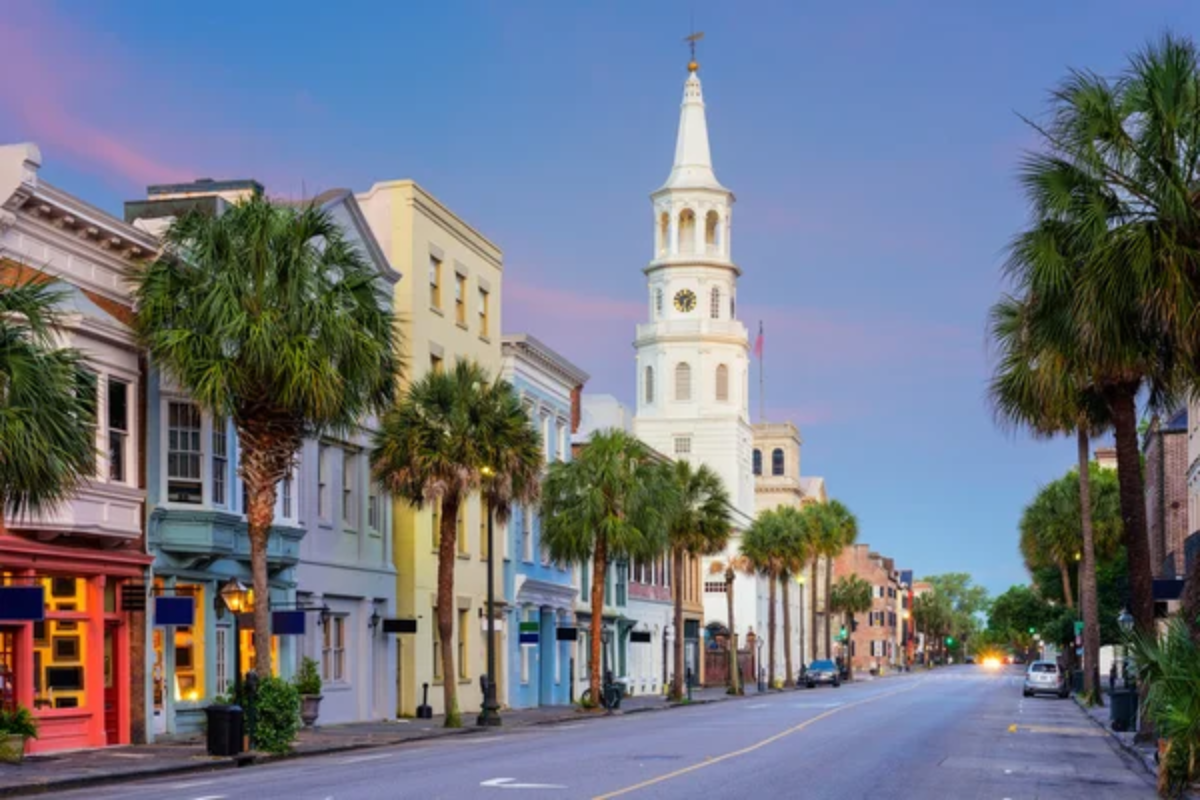
Rather than starting downtown and working outward, begin your exploration at the plantations outside the city and work your way toward the historic district. This approach tells the story of Charleston’s development more meaningfully.
You’ll hit the downtown areas when afternoon sea breezes make walking more comfortable. The low-angle afternoon light also beautifully illuminates the historic architecture.
Like Travel Pug’s content? Follow us on MSN.
Antelope Canyon to Horseshoe Bend, Arizona
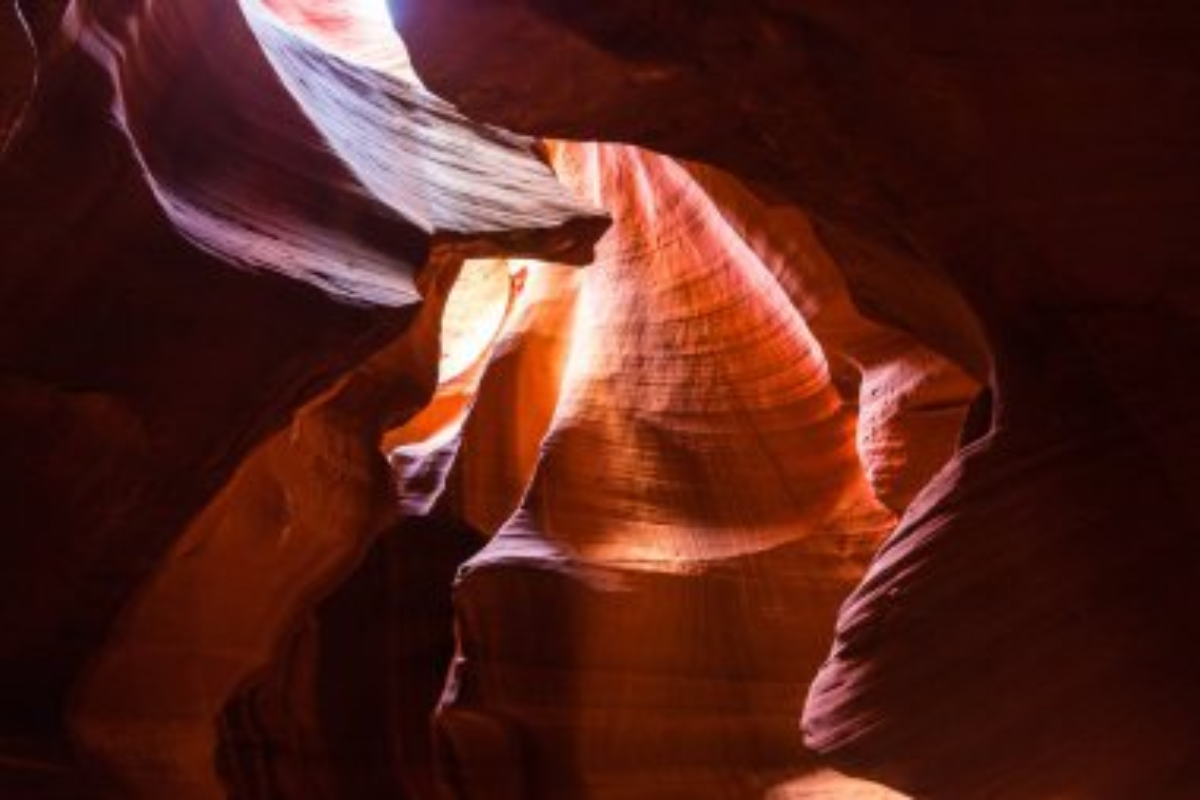
The standard approach visits Antelope Canyon first, then Horseshoe Bend. Reversing this order means you’ll hit Horseshoe Bend in the morning when crowds are thinner and the light is better for photography. Your Antelope Canyon tour will happen when the famous light beams are at their most dramatic in midday, creating those iconic shots most tourists miss by arriving too early.
Mount Rainier Paradise to Sunrise, Washington
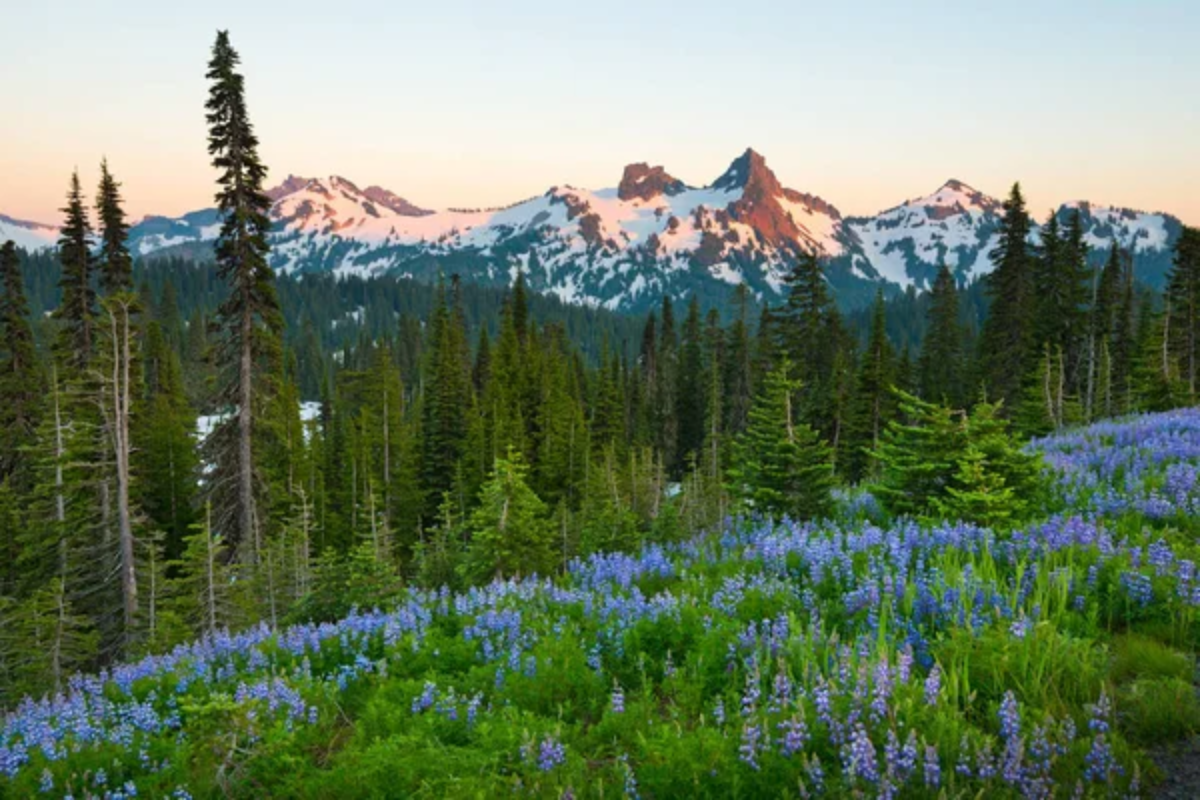
Most visitors start at Paradise and end at Sunrise, but going in reverse means you’ll see the mountain from the east side first, building up to Paradise’s more spectacular south-side views. The afternoon alpenglow on the Tatoosh Range from Paradise is unbeatable, and you’ll experience the ecological zones in a more logical progression from drier forests to lush river valleys.
Hudson River Valley, New York
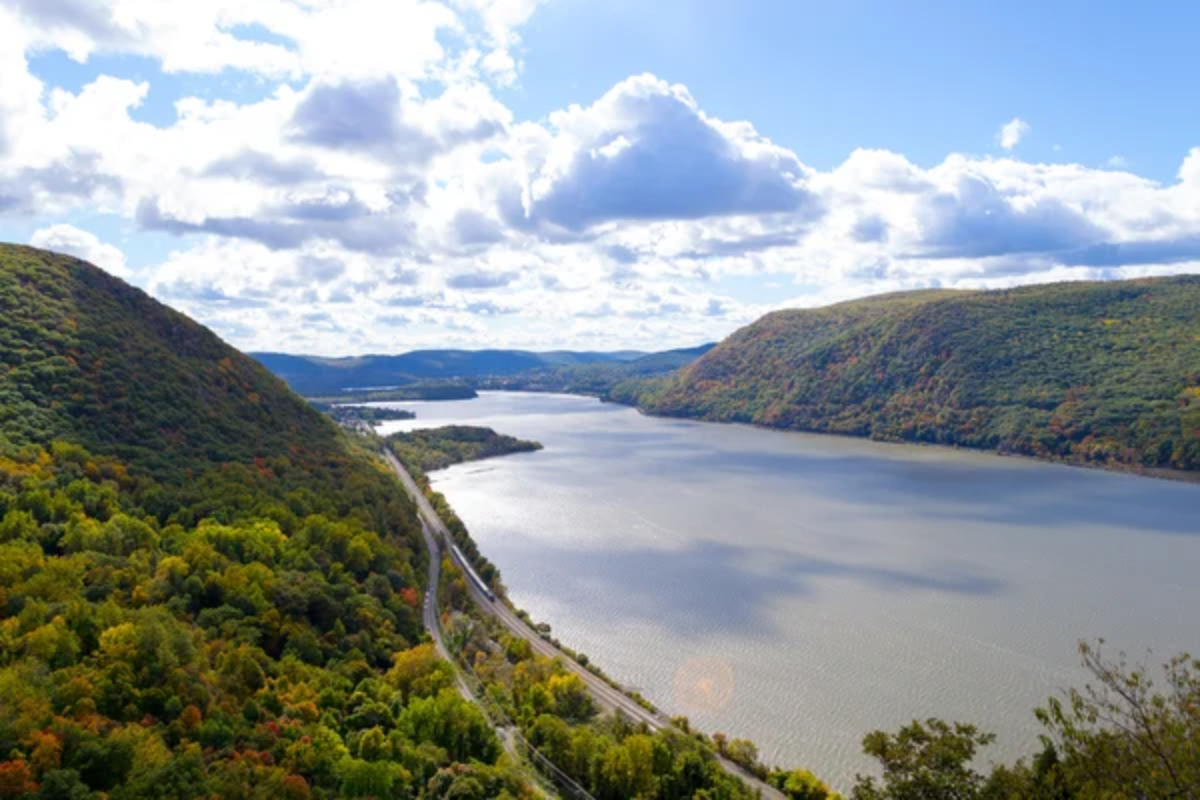
Traditionally explored from south to north, reversing this route lets you start with the more rural upper Hudson and work your way down to the more developed areas. The historic mansions along the river are better photographed in afternoon light, and you’ll hit the popular Storm King Art Center later in the day when the tour buses have departed.
The story of the region’s development unfolds more logically in this direction.
Like Travel Pug’s content? Follow us on MSN.
Putting It All in Reverse

Rethinking the standard approach to familiar destinations can unexpectedly transform your travel experience. By considering factors like lighting, crowd patterns, and the natural progression of landscapes, you might discover that the road less traveled is just the same road—traveled differently.
The next time you plan a day trip, consider flipping your itinerary—you might be surprised by how much more you see when you look at things from the opposite direction.
More from Travel Pug

- Cities Growing so Fast You Won’t Recognize Them in 10 Years
- 13 Destinations Where Tourists Regularly Regret Their Trip
- 20 Obscure WWII Sites Even History Buffs Don’t Know About
- 10 Under-the-Radar Mountain Towns That Are Both Affordable and Beautiful
- Remote Villages in Europe Where You Can Live for Free in Exchange for Work
Like Travel Pug’s content? Follow us on MSN.
